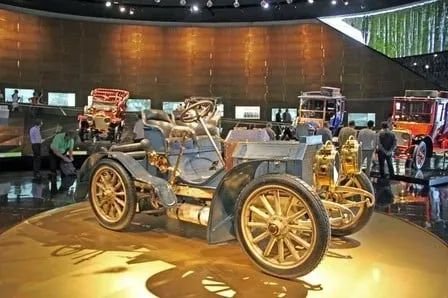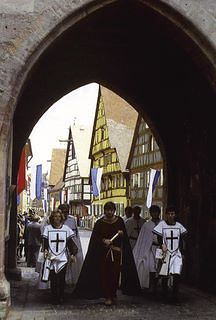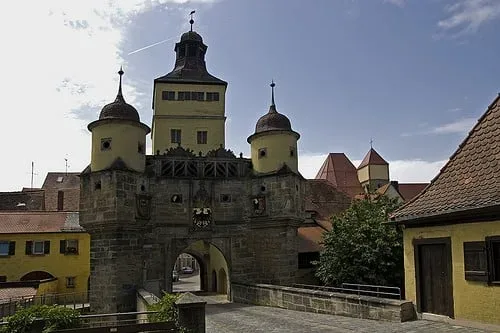The Bavarian Altmühl Lake & Great Fossils and Lithography Museum
Gunzenhausen in Bavaria has an excellent Fossils and Lithography Museum while the nearby Altmühlsee (Lake) is popular with nature and water sports lovers.
The main attraction of Gunzenhausen is its excellent fossils and lithography museum, one of the best of its kind in Germany. The Altmühltal is famous for fossils and the local museum in Gunzenhausen has an excellent collection.
Although Gunzenhausen once had a Roman fort and sports a written history going back to 823, the town itself is less interesting than its population of 17,000 would suggest. From the 14th century, Gunzenhausen belonged to the burgraves of Nürnberg (Nuremberg), who gave it some Baroque buildings, but nothing that compares with the Baroque splendor of nearby Ansbach or Eichstätt.
However, it is worth stopping in Gunzenhausen for the museums. A further draw for tourists is the nearby Altmühl Lake. The completion of the Altmühlsee (Altmühl Lake) in the 1980s gave Gunzenhaseun a growth spurt, as it became a popular starting point for water sport on the lake and in the valley.







